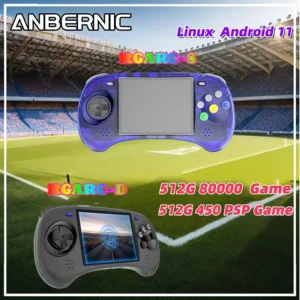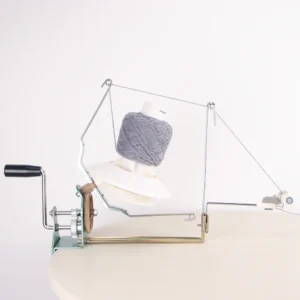
Unveiling Groundbreaking Advancements in Brain Stimulation: A Comprehensive Exploration
$59.00
Unlocking the Power of the Mind: Exploring the Cutting-Edge of Brain Stimulation Techniques
Description
Innovative Brain Stimulation Techniques
Introduction
Brain stimulation techniques are a rapidly growing field of research with the potential to revolutionize the treatment of a wide range of neurological and psychiatric disorders. These techniques involve the use of electrical, magnetic, or other forms of energy to stimulate or inhibit specific areas of the brain. In recent years, there have been a number of exciting advances in this field, including the development of new and more effective stimulation methods, the identification of new targets for stimulation, and the development of new ways to personalize stimulation treatments to individual patients.
Types of Brain Stimulation Techniques
There are a variety of different brain stimulation techniques, each with its own unique advantages and disadvantages. The most common types of brain stimulation techniques include:
- Transcranial magnetic stimulation (TMS) uses magnetic pulses to stimulate or inhibit specific areas of the brain. TMS is a non-invasive technique that can be used to treat a variety of conditions, including depression, anxiety, and chronic pain.
- Electroconvulsive therapy (ECT) uses electrical pulses to induce a seizure in the brain. ECT is a highly effective treatment for severe depression that does not respond to other treatments. However, ECT can also cause side effects, such as memory loss and confusion.
- Deep brain stimulation (DBS) involves implanting electrodes into the brain to deliver electrical pulses to specific targets. DBS is a more invasive technique than TMS or ECT, but it can be used to treat a wider range of conditions, including Parkinson’s disease, epilepsy, and obsessive-compulsive disorder.
- Vagus nerve stimulation (VNS) involves implanting a device that stimulates the vagus nerve, which connects the brain to the stomach and other organs. VNS is a non-invasive technique that can be used to treat a variety of conditions, including depression, anxiety, and epilepsy.
Applications of Brain Stimulation Techniques
Brain stimulation techniques have a wide range of applications in the treatment of neurological and psychiatric disorders. These techniques have been shown to be effective in treating conditions such as:
- Depression
- Anxiety
- Chronic pain
- Parkinson’s disease
- Epilepsy
- Obsessive-compulsive disorder
- Schizophrenia
- Traumatic brain injury
Future Directions
The field of brain stimulation techniques is rapidly evolving. There are a number of exciting new developments on the horizon, including:
- The development of new and more effective stimulation methods
- The identification of new targets for stimulation
- The development of new ways to personalize stimulation treatments to individual patients
- The development of new ways to combine brain stimulation with other treatments
These advances have the potential to further revolutionize the treatment of neurological and psychiatric disorders.
Conclusion
Brain stimulation techniques are a powerful new tool for the treatment of neurological and psychiatric disorders. These techniques have the potential to revolutionize the way we treat these conditions, and they hold great promise for the future.



